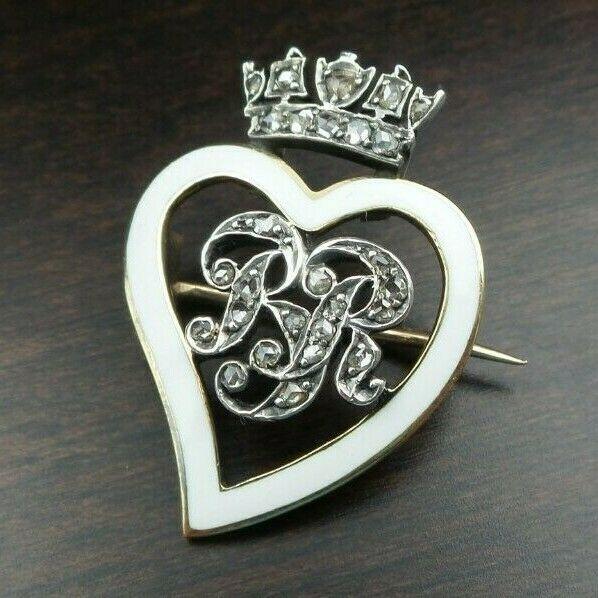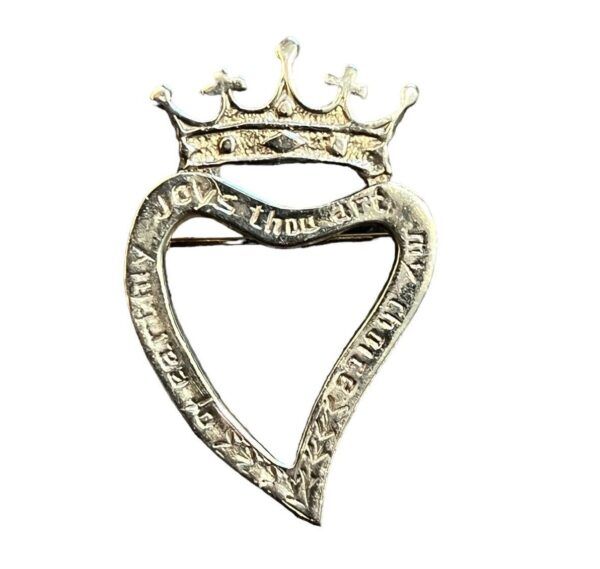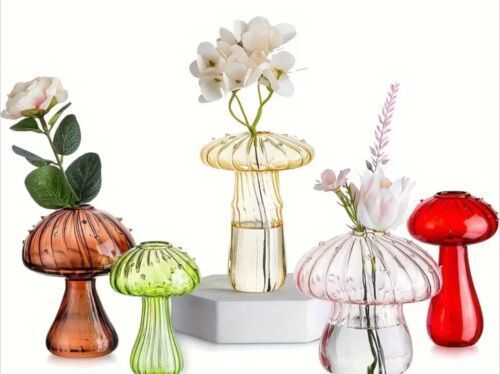#Witches #Brooch #Perfect #HeartShaped #Valentines #Gift #WorthPoint
While you might think brooches that are historically connected to witches are more suited for Halloween than Valentine’s Day, that’s not the case when exploring the topic of Scottish hearts or “witches’ brooches.” These brooches are also called Luckenbooth brooches and have a sentimental association that could make them the best gift ever for someone who loves vintage, antiques, or jewelry.
When looking at Scottish heart brooches as a gift-giving possibility, whether for a man (yes, men should wear more brooches!) or a woman, one will quickly see that they come in different designs. They can have one or two hearts and are often topped with a crown conveying a message of love and, perhaps, that the recipient rules the giver’s heart. They also have an interesting history that can make a Valentine’s gift extra special when conveyed to the recipient.
Where the Witches’ Brooch Originated
Heart brooches—also known as witches’ brooches or Luckenbooths—were first produced in Scotland in the 1200s and became increasingly popular from century to century. By the 1700s, they were widely worn and saw another resurgence in the 1820s when Sir Walter Scott’s novels made Scottish jewelry more popular than ever. While they’ve developed a deep-seated association with Edinburgh, historians have asserted that many of these heart brooches were made in northern Scotland during the late 1700s and throughout the 19th century.
The city of Inverness held a large population of Highland silversmiths, and among the items they produced were Scottish heart brooches. Several of these pins have been found in the archaeological digs of Culbin Sands near Inverness. They were also made in Aberdeen, with variations being common from region to region. Although often made of silver, Scottish hearts made of gold can be located as well. The craftsmanship and materials usually reflect the social status of the original owner, adding another layer of interest to the nicest examples.

How the Witches’ Brooch Got Its Name
Men often gave Scottish hearts as engagement gifts to women early in the accessory’s history and for centuries after that. Sometimes, pairs are found that are marketed as his and hers pins. Some have monograms and poetic verses or scriptures engraved on them. Many are very plain, however—simple silver hearts without embellishment. So, yes, they were romantic in nature. However, the pins’ meaning changed as a couple’s relationship matured.
When a child entered the picture, the wife often pinned her Scottish heart to the baby’s clothing. A symbol of the love between parent and child? Perhaps, but with the Scottish being a superstitious people at the time, these jewelry pieces were also meant to deter the spells of witches and ensure that fairies didn’t kidnap the babe and replace it with an impostor called a changeling. Since they were worn to thwart “ill-e’e,” also known as the evil eye, they were nicknamed witches’ brooches.
Another name came about in the mid-18th century when the design of double hearts merged with a crown on top was interpreted as the letter “M.” These styles were frequently called Mary brooches in reference to the legendary Mary, Queen of Scots. While interesting, that term fell out of favor as time passed and is rarely used today. Another more popular term for the style emerged more than a century later.
In the 19th century, the name changed to Luckenbooth as vendors in Edinburgh sold them in permanent shops along the Royal Mile leading from Edinburgh Castle to Holyrood Palace. The word Luckenbooth stems from a Gaelic term for the locking stands, or booths, where both silversmiths and goldsmiths hawked their Scottish hearts.
The practice of making and selling this type of brooch all around Scotland has continued since then, and many of them have made their way back to the United States as travel mementos. The term Luckenbooth is now the most popular, but it is used interchangeably with witches’ brooch by dealers of antique and vintage jewelry and collectors to describe them.
Giving a Witches’ Brooch for Valentine’s Day
So, can a witches’ brooch be the best “thinking outside the box” Valentine’s Day gift ever? Yes, they certainly can be a perfect present for a loved one. After all, they’re rife with sentiment and carry on a tradition of romantic expression that goes back for centuries.
Beyond that, sterling silver is the most common material for these little beauties, so they don’t have to be expensive. They’ve also been made for a long period of time, so you can hunt down an antique version if a splurge is in order or a vintage one if your budget is on the lower side. They can be small and simple lapel-sized pins or a bit larger and more elaborately decorated with stones or enameling if your giftee enjoys flashier jewelry. You can find costume jewelry versions with the crowned heart motif as well.
However, if your recipient might take offense at the term witches’ brooch before you get a chance to tell them about the superstitious Scots, you might want to refer to it as a Luckenbooth. Once they know the whole story, they’ll be sure to find the sentimentality to be as endearing as you do, and that’s why a witches’ brooch can indeed be the ideal Valentine’s Day gift.
Have your heart set on getting one of these heart-shaped pins? Learn more about identifying and valuing Luckenbooth brooches on our Dictionary page about the accessories. You can also read about the similarly designed Irish Claddagh ring for sweethearts.
Pamela Siegel is a freelance writer and author who has been educating collectors for more than two decades. In addition to three books on topics relating to antiques and collectibles, she frequently shares her expertise through online writing and articles for print-based publications. Pamela is also the co-founder of Costume Jewelry Collectors Int’l (CJCI) and the proprietor of Chic Antiques by Pamela.
WorthPoint—Discover. Value. Preserve.




